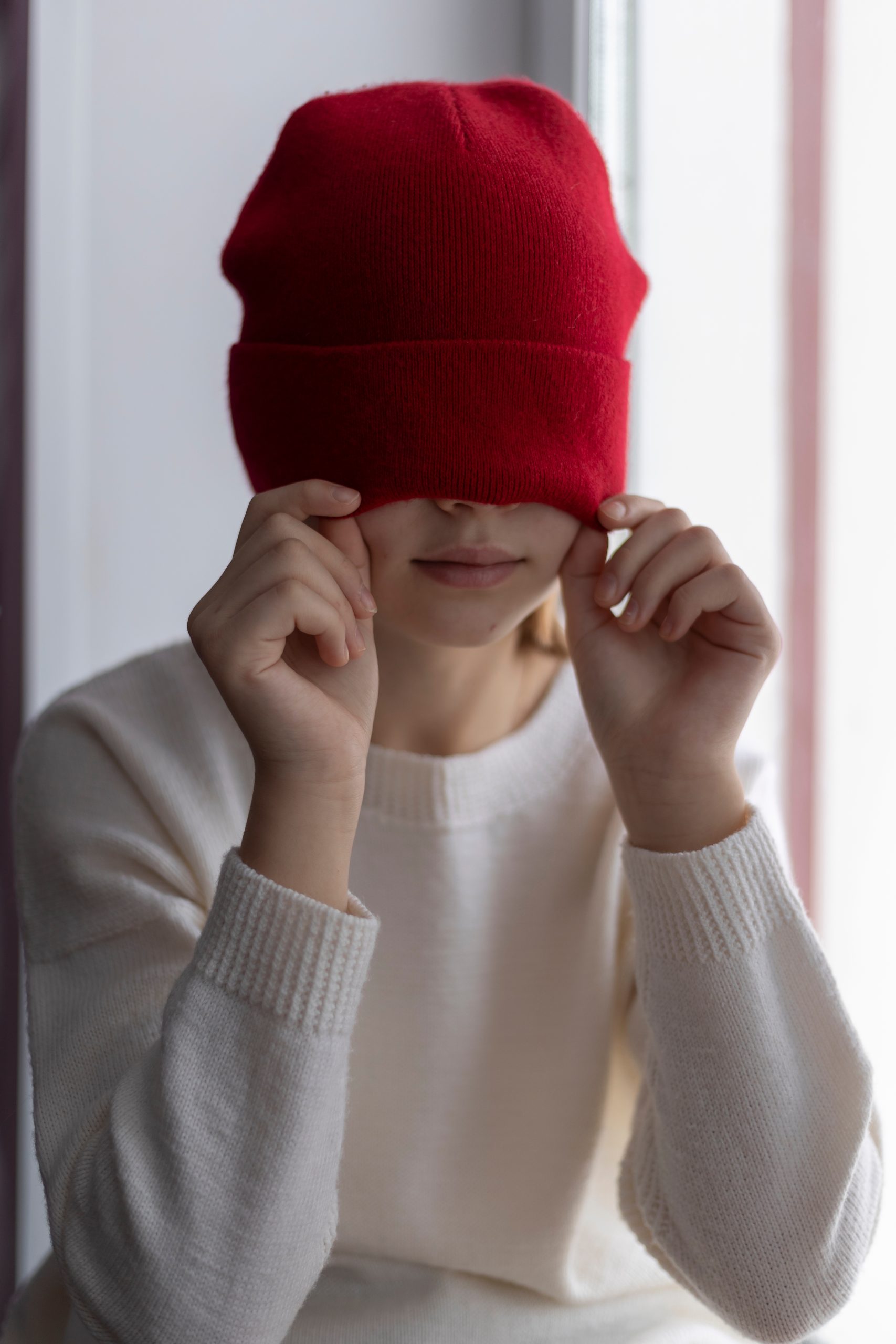Bonnet Syndrome: An Insight into Visual Hallucinations
Introduction
Charles Bonnet Syndrome (CBS) is a captivating neurological condition that deserves closer examination due to its profound impact on individuals with visual impairments. Named after the Swiss naturalist who first documented it in the 18th century, CBS presents a unique challenge for both patients and healthcare professionals alike. Let’s explore this intriguing phenomenon in greater detail, shedding light on its symptoms, underlying causes, diagnostic approaches, treatment options, and its broader implications for quality of life.
Symptoms and Phenomenology
The symptoms of Charles Bonnet Syndrome primarily revolve around the presence of visual hallucinations in individuals with compromised vision. These hallucinations can range from simple, geometric patterns to elaborate, lifelike scenes and figures. Interestingly, the content of these hallucinations is often unrelated to the individual’s past experiences or psychological state. While they typically occur during wakefulness and may be influenced by external factors such as lighting conditions, stress, or fatigue, they are not indicative of a psychotic disorder. Importantly, individuals experiencing CBS are fully aware that their hallucinations are not real, distinguishing them from hallucinations associated with psychiatric conditions.
Underlying Mechanisms
The precise mechanisms underlying Charles Bonnet Syndrome remain a subject of debate among researchers. One prevailing theory suggests that the brain’s visual system, deprived of sensory input due to conditions such as age-related macular degeneration or glaucoma, undergoes spontaneous hyperactivity. This hyperactivity, akin to the phenomenon observed in phantom limb syndrome, manifests as visual hallucinations. Furthermore, disruptions in the balance of neurotransmitters or alterations in cortical excitability may contribute to the development of CBS. Neuroimaging studies have provided valuable insights into the neural correlates of CBS, revealing abnormal activation patterns in visual processing regions of the brain.
Diagnostic Challenges
Diagnosing Charles Bonnet Syndrome can be challenging due to underreporting and a lack of awareness among healthcare professionals. Patients may be hesitant to disclose their hallucinations, fearing judgment or misinterpretation. Moreover, healthcare providers may overlook CBS, attributing hallucinations to psychiatric causes in the absence of a thorough ophthalmic evaluation. Clinicians must conduct a comprehensive assessment, including a detailed history of visual symptoms, a thorough eye examination, and, when appropriate, psychological evaluation to rule out other potential causes of hallucinations.
Management Strategies
While there is no definitive cure for Charles Bonnet Syndrome, several management strategies can help mitigate symptoms and improve quality of life. Education and reassurance are paramount, as understanding the benign nature of the hallucinations can alleviate anxiety and distress. Low vision aids, such as magnifiers or visual rehabilitation programs, may enhance visual function and reduce the frequency of hallucinations by optimizing residual vision. Additionally, addressing comorbid conditions such as depression or anxiety is crucial for holistic management. In refractory cases, pharmacological interventions, including antipsychotics or antiepileptic drugs, may be considered, although their efficacy remains uncertain and must be weighed against potential side effects.
Impact on Quality of Life and Well-being
Living with Charles Bonnet Syndrome can profoundly impact an individual’s quality of life and psychological well-being. The presence of persistent visual hallucinations may lead to feelings of isolation, fear, and frustration, further exacerbated by societal stigma and misconceptions surrounding the condition. Moreover, the lack of awareness among caregivers, family members, and healthcare professionals can complicate the management of CBS and delay access to appropriate support services. Addressing these psychosocial aspects is essential for holistic care and improving overall outcomes for individuals living with CBS.
Raising Awareness and Advocacy
Raising awareness of Charles Bonnet Syndrome is essential to ensure timely diagnosis, appropriate management, and support for affected individuals. Healthcare professionals, including ophthalmologists, optometrists, and primary care providers, must receive education and training on the recognition and management of CBS. Public outreach efforts, advocacy campaigns, and support groups can help reduce stigma, empower individuals with CBS, and foster a supportive community for those affected by the condition.
Conclusion
In summary, Charles Bonnet Syndrome is a complex neurological phenomenon characterized by visual hallucinations in individuals with visual impairments. While the underlying mechanisms and optimal management strategies continue to be elucidated, fostering awareness, understanding, and support are critical steps in improving the lives of those affected by CBS. By addressing the multifaceted challenges associated with this condition, we can work towards enhancing the well-being and dignity of individuals living with Charles Bonnet Syndrome.
World Eye Care Foundation’s eyecare.live brings you the latest information from various industry sources and experts in eye health and vision care. Please consult with your eye care provider for more general information and specific eye conditions. We do not provide any medical advice, suggestions or recommendations in any health conditions.
Commonly Asked Questions
Caregivers can provide emotional support, reassurance, and validation to individuals experiencing CBS. Educating themselves about the condition and connecting with support groups can also be beneficial.
There is no evidence to suggest that CBS is hereditary. It is primarily associated with acquired visual impairments rather than genetic predisposition.
While addressing the underlying eye condition may improve visual function, it may not necessarily eliminate hallucinations associated with CBS. However, visual rehabilitation programs may help manage symptoms.
Not all individuals with visual impairments develop CBS. The prevalence of CBS varies among different eye conditions and patient populations.
CBS can sometimes be misdiagnosed as a psychiatric disorder due to the presence of visual hallucinations. However, a comprehensive eye examination can help differentiate CBS from other conditions.
While triggers vary among individuals, factors such as fatigue, stress, changes in lighting conditions, and medication adjustments may influence the frequency or content of hallucinations.
CBS is not indicative of cognitive decline or dementia. Individuals experiencing CBS maintain intact cognitive function and awareness of reality.
Hallucinations in CBS tend to be intermittent, occurring sporadically rather than persistently, and may vary in frequency and intensity.
CBS primarily manifests as visual hallucinations, although some individuals may experience auditory or tactile hallucinations in rare cases.
Risk factors for CBS include advanced age, certain eye conditions such as macular degeneration or glaucoma, and prolonged visual impairment.
news via inbox
Subscribe here to get latest updates !







